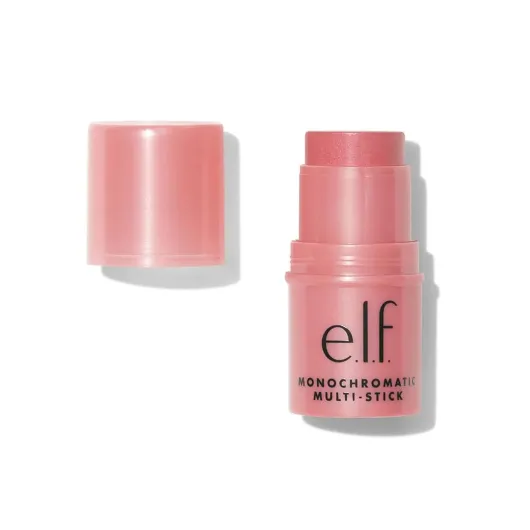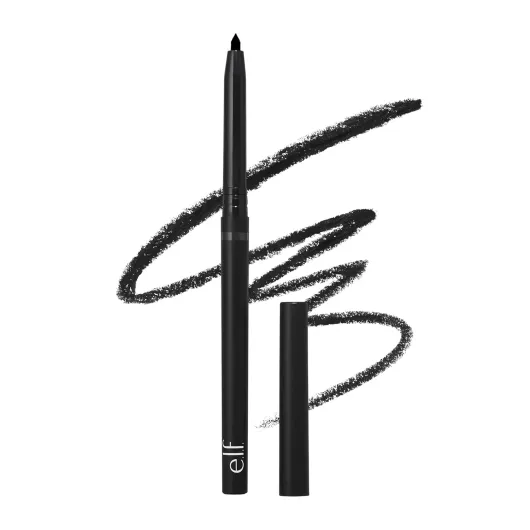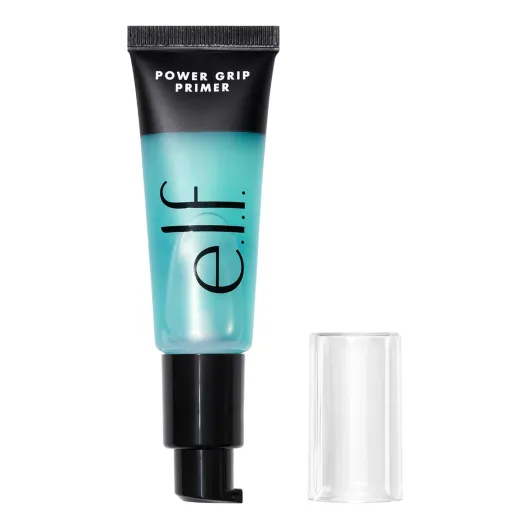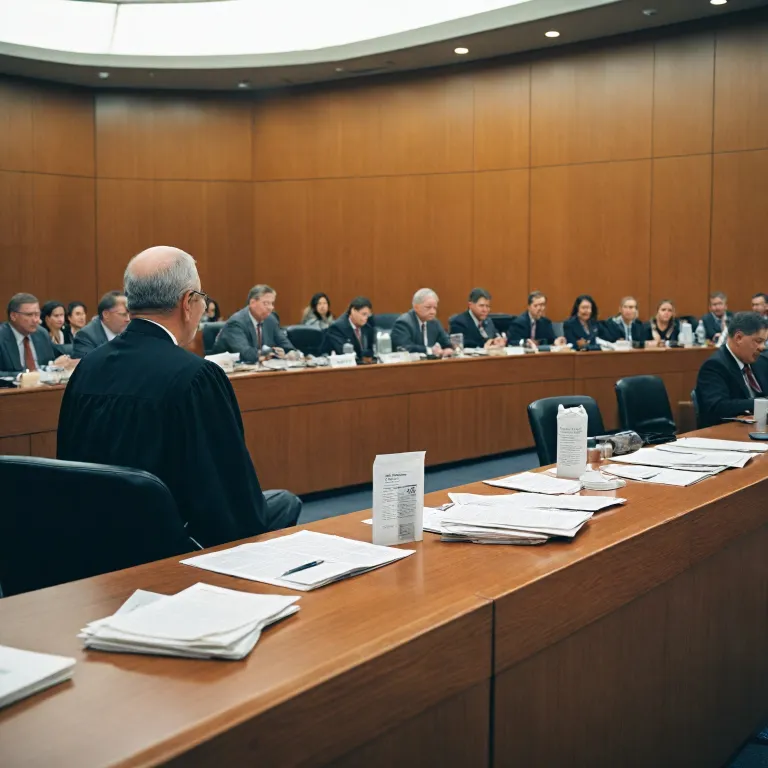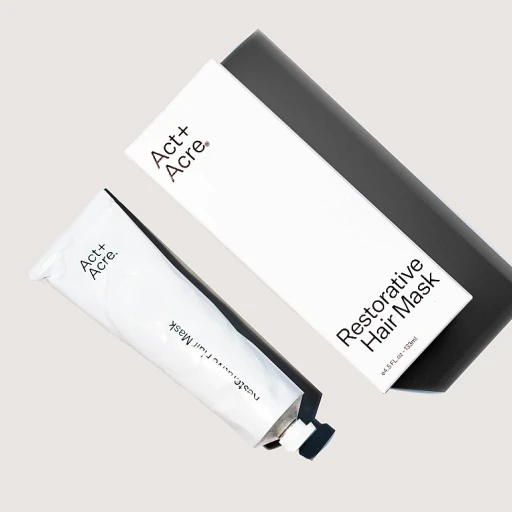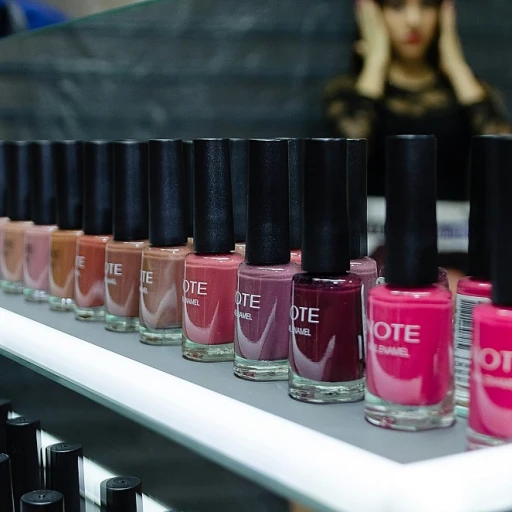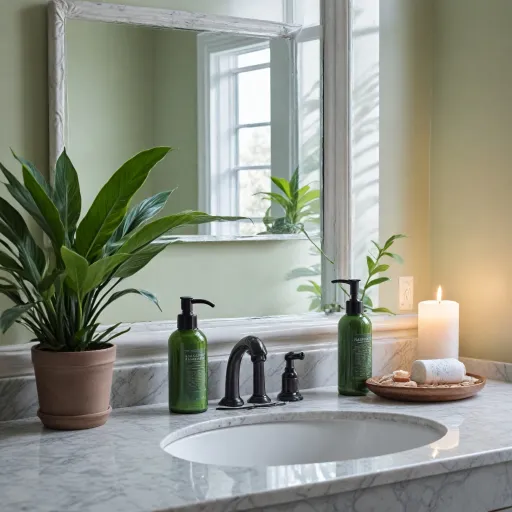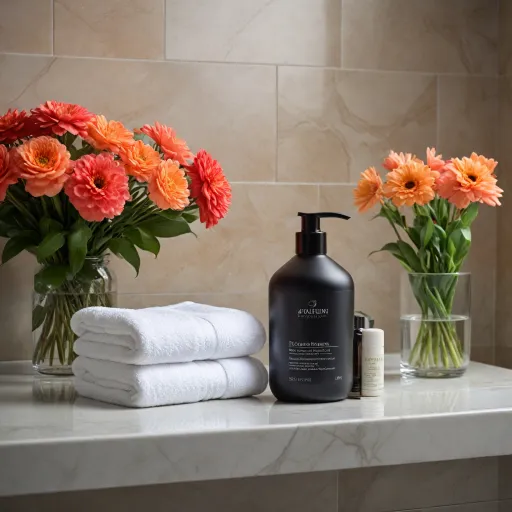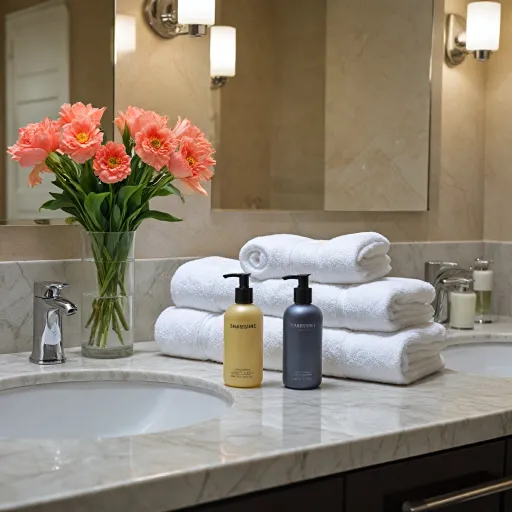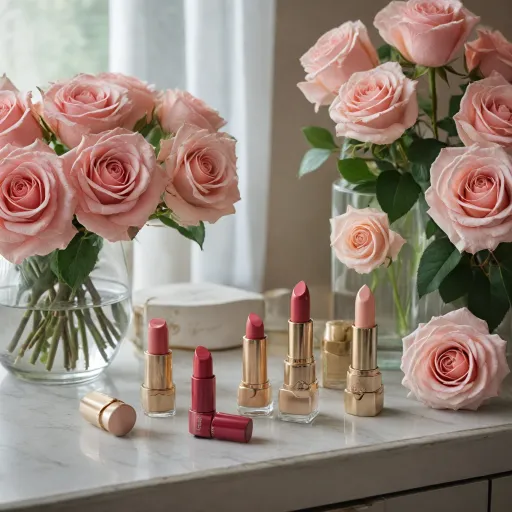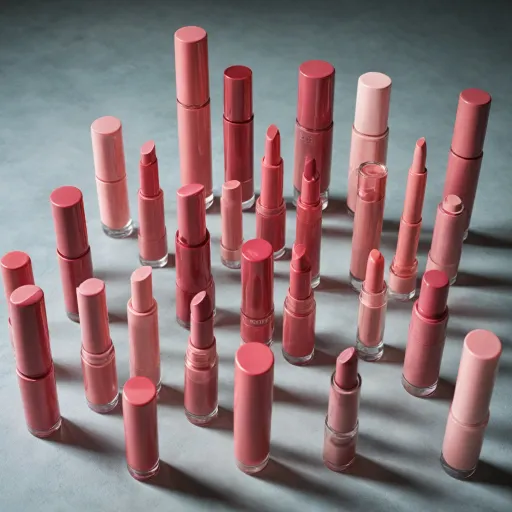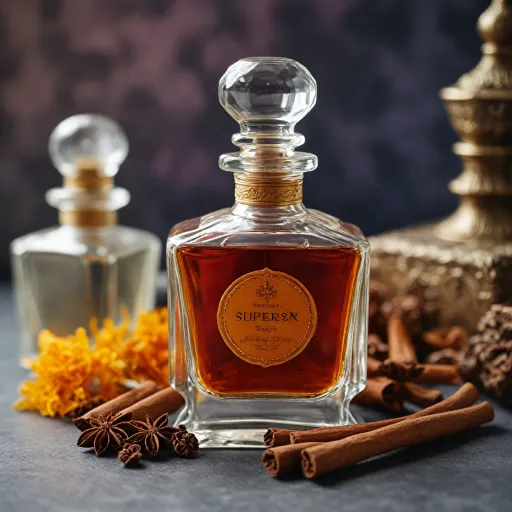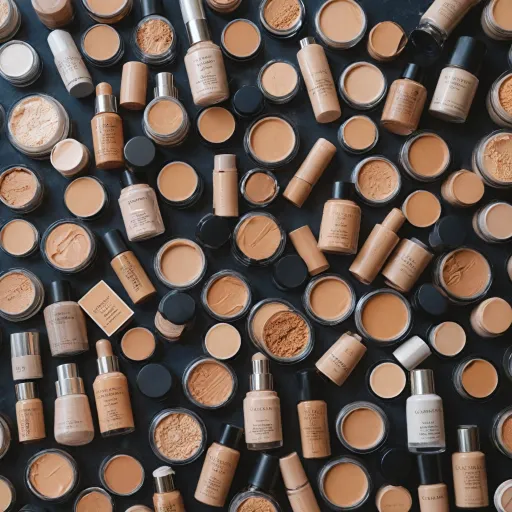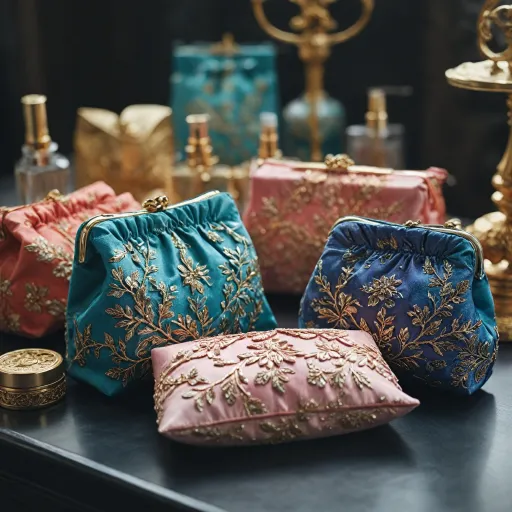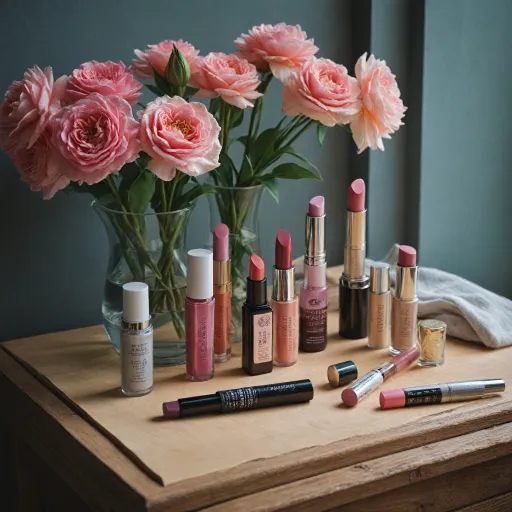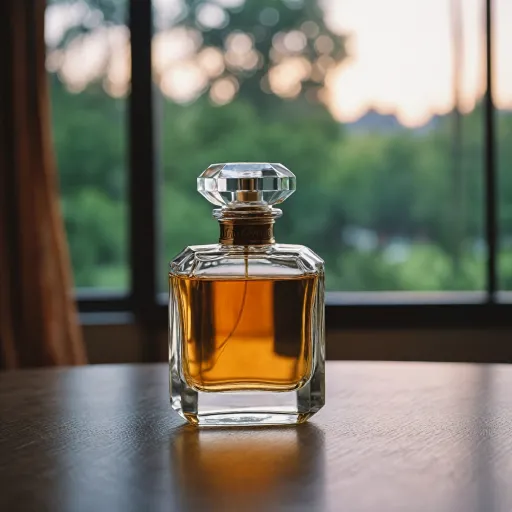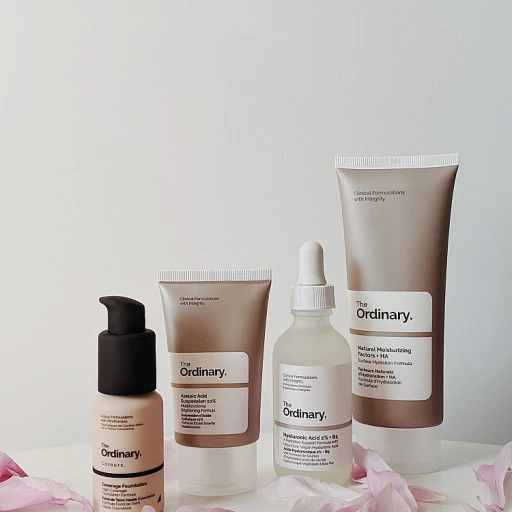
Understanding Slack Fill in the Cosmetics Industry
The Role of Slack Fill in Beauty Products
In the complex world of cosmetics, slack fill has emerged as a pivotal topic, capturing attention through numerous legal actions. Slack fill refers to the empty space within product packaging that is not filled with the product itself. This practice has led to significant scrutiny and has given rise to numerous lawsuits targeting various brands, including the notable class action against e.l.f. Cosmetics.
Slack fill can occur for various reasons, but in the beauty industry, it often pertains to product containers that appear larger than necessary for the amount of product they hold. This discrepancy between size containers and actual product level is often disguised as functional slack, designed to protect delicate items like lip stains or gentle peeling exfoliants from damage.
However, there exists a thin line between functional necessity and deceiving consumers. Luxury cosmetics brands, in particular, must carefully navigate this terrain where nonfunctional slack could tarnish their reputation. Legal battles arising from perceived deception, such as the one in California, have demonstrated the consequences of misjudging consumer expectations on how much product they should receive.
The implications of slack fill extend beyond just regulatory concerns. It impacts brand perception and speaks to a consumer's expectation of value for money. As cosmetic companies evolve, understanding the implications of slack fill becomes even more crucial. Understanding these elements can help ensure not only compliance but also enhanced consumer satisfaction and trust in their beauty products.
The e.l.f. Cosmetics Class Action: A Closer Look
Examining the Legal Landscape of e.l.f. Cosmetics
When the news struck about the slack fill class action against e.l.f. Cosmetics in California, it sent ripples through the cosmetics industry. With allegations of nonfunctional slack fill, particularly in products like lip stain and skin exfoliants, this case presented a significant moment for both brands and consumers. The lawsuit claims e.l.f. Cosmetics utilized oversized containers, creating misleading empty space that could deceive consumers about the product amount they received. Such claims cosmetics have become increasingly common as brands push the boundaries of packaging aesthetics. Consumer advocacy groups argue that oversized containers lead to expectations of more generous fill, which, if unmet, can break the trust that luxury brands strive to build. The class action filed against e.l.f. Cosmetics highlights both the legal and emotional stakes at play—a reminder that aesthetic appeal must always be balanced with transparency. This lawsuit underscores the intricate interplay between packaging design and consumer perception. For brands, the challenge lies in crafting containers that satisfy legal requirements while pleasing the discerning eye of the luxury beauty enthusiast. As the proceedings continue and more information unfolds, other brands may find themselves reevaluating their packaging strategies to avoid similar action lawsuits. Find more insights on how the beauty industry is evolving in response to legal challenges by exploring a beauty lifestyle blog perspective.Implications for Luxury Cosmetics Brands
The Ripple Effect on High-End Cosmetics Brands
The ongoing lawsuit case surrounding e.l.f. Cosmetics serves as a crucial reminder for luxury beauty brands, emphasizing the significance of transparency in packaging and product claims. Cosmetics companies, especially those in the premium segment, are often under the consumer microscope when it comes to perceived value and authenticity. The California class action lawsuit highlights a pivotal issue within the industry: the prevalence of nonfunctional slack fill in product containers. While most luxury brands strive to ensure their containers reflect both functionality and aesthetic allure, the legal turmoil involving claims of oversized containers and unutilized empty space in beauty products calls for an industry-wide re-evaluation. High-end brands must tread carefully to avoid similar lawsuits, understanding that their consumers hold a heightened expectation for product integrity and value. Moreover, luxury brands catering to skin care enthusiasts with products like gentle peeling exfoliants or holy hydration formulations should prioritize full transparency and truthful representation in their marketing strategies. By maintaining consumer trust, these brands can not only limit legal risks but also reinforce their status within the discerning beauty sector. For those who are invested in refining their beauty regimen, this case could serve as a reminder of the importance of scrutinizing the packaging and fill levels of all cosmetics products. This ensures satisfaction not just from a beauty standpoint, but also in terms of value and ethical considerations. Such diligence aligns with evolving consumer expectations around transparency, pushing luxury brands to excel beyond what is merely expected. Perhaps it's time to consider elevating your beauty insights through trusted influencers and expert recommendations, as these can guide better purchasing decisions and awareness.Consumer Expectations in Luxury Cosmetics
Meeting the High Expectations of Luxury Beauty Enthusiasts
In the world of luxury cosmetics, consumers have distinct expectations that set them apart from the average beauty buyer. These discerning individuals are not just purchasing a product; they are investing in an experience. The allure of luxury cosmetics lies in the promise of superior quality, exquisite packaging, and a sense of exclusivity. However, the recent class action lawsuits, such as the one involving e.l.f. Cosmetics, have brought to light the issue of slack fill, challenging these expectations.
Luxury beauty consumers expect transparency and honesty from their favorite brands. When they purchase a high-end lip stain or a gentle peeling exfoliant, they anticipate that the product will deliver on its promises without any hidden surprises. The presence of nonfunctional slack fill, or empty space, in oversized containers can lead to disappointment and a feeling of being misled. This is particularly true when the packaging size does not match the actual product volume, leading to legal claims and consumer dissatisfaction.
The Role of Packaging in Consumer Perception
Packaging plays a crucial role in shaping consumer perceptions in the luxury cosmetics market. It is not just about aesthetics; it is about functionality and integrity. When consumers invest in a glossy lip product or a holy hydration skin treatment, they expect the packaging to reflect the premium nature of the product inside. Any discrepancy, such as functional slack fill that appears unnecessary, can lead to skepticism and erode trust.
Moreover, luxury consumers are increasingly aware of the legal and ethical considerations surrounding their favorite brands. They are informed about the implications of action lawsuits and the claims cosmetics companies face. This awareness influences their purchasing decisions, as they prefer brands that align with their values and demonstrate a commitment to ethical practices.
As the cosmetics industry continues to evolve, luxury brands must navigate these challenges carefully. They need to ensure that their packaging not only meets legal standards but also aligns with the high expectations of their consumers. By doing so, they can maintain their reputation and continue to thrive in a competitive market.
Legal and Ethical Considerations for Brands
Balancing Legal Obligations with Brand Integrity
In the realm of luxury cosmetics, maintaining a delicate balance between legal obligations and brand integrity is crucial. The lawsuit involving e.l.f. Cosmetics highlights the importance of understanding the implications of slack fill in packaging. For luxury brands, the stakes are even higher, as consumers expect not only high-quality products but also transparency and honesty in every aspect of the brand experience.
Understanding Legal Frameworks
Luxury brands must navigate a complex legal landscape, particularly in regions like California, where regulations on slack fill are stringent. The class action against e.l.f. Cosmetics serves as a reminder that claims of nonfunctional slack can lead to significant legal challenges. Brands must ensure that their containers do not mislead consumers about the quantity of product they are purchasing.
Ethical Considerations in Packaging
Beyond legal compliance, ethical considerations play a pivotal role in how luxury brands are perceived. Oversized containers that create an illusion of more product can damage consumer trust. Brands should strive for packaging that reflects the true value of their products, whether it's a glossy lip stain or a gentle peeling exfoliant. This commitment to transparency not only aligns with legal standards but also enhances brand loyalty.
Proactive Measures for Brands
To avoid potential action lawsuits, luxury cosmetics brands should conduct regular audits of their packaging practices. Engaging with legal experts to understand the nuances of slack fill regulations can prevent costly lawsuits and protect brand reputation. Additionally, clear communication with consumers about product volume and container size can mitigate misunderstandings and foster trust.
Building Consumer Trust
Ultimately, the goal for luxury cosmetics brands is to build and maintain consumer trust. By addressing both legal and ethical considerations in their packaging strategies, brands can ensure that their products meet the high expectations of their discerning clientele. This approach not only safeguards against lawsuits but also reinforces the brand's commitment to quality and integrity.
Future Trends in Luxury Cosmetics Packaging
Innovative Pathways in Cosmetics Packaging
The future of luxury cosmetics packaging is increasingly being defined by a strong need to balance aesthetic appeal with functionality and transparency. With the rise of action lawsuits, such as the prominent class action involving slack fill, beauty brands are coming under scrutiny for how their products are packaged. As consumers become more aware of issues like oversized containers and nonfunctional slack, there is a growing demand for brands to innovate beyond traditional packaging methods.
Following the recent challenges faced by various brands in California, including the aforementioned case, cosmetics companies are re-evaluating not just the external allure of packaging but also its practical implications. Consumers are looking for transparency in container size, expecting a fair amount of product versus the empty space often found in current packaging.
Brands like those producing glossy lip stains and peeling exfoliant products are increasingly aware that their packaging needs to reflect the luxurious experience they promise. By minimizing nonfunctional slack, they aim to foreground the gentle peeling and holy hydration benefits while enhancing consumer trust.
It's foreseeable that technological advancements will drive future trends in packaging, allowing for sustainable materials and refill options without compromising the luxury feel. Innovations that address slack fill concerns can enhance product integrity and customer satisfaction, while careful attention to claims cosmetics and transparent marketing will play a crucial role in maintaining a brand's reputation in the eyes of discerning buyers.


